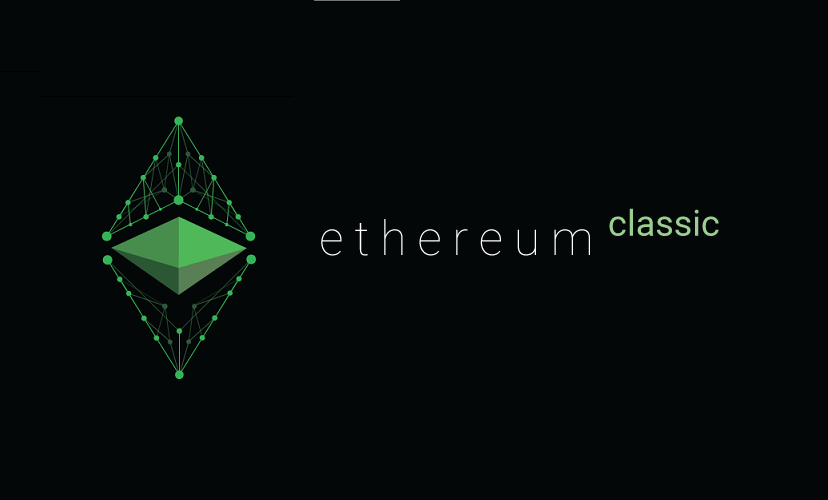ETC: A Guardian of the Blockchain’s Immutability Commitment
In the crypto space, ETH is second only to BTC by market cap and status. It led us to the era of smart contracts and made key contributions to the mass adoption and development of blockchain technologies. For instance, the network has pioneered the development of DeFi, NFT, GameFi, and even the metaverse.
Speaking of Ethereum, we may first think of ETH. However, the network went through a fork, which generated two cryptos: Ethereum (ETH) and Ethereum Classic (ETC). Most of us are familiar with ETH, while few know much about ETC.
The birth of ETC
The ETH fork, which marks the birth of ETC, was the result of a crypto hack.
Back in 2016, The DAO, a crowdfunding platform based on Ethereum smart contracts, used ETH for crowdfunding. Until June 2016, the platform had raised over $160 million.
Soon after, hackers attacked The DAO by exploiting a loophole in its smart contract and drained ETH worth $50 million. To recover the losses that investors suffered, the Ethereum community voted to change the network’s code and conduct a hard fork at block #1920000 to roll back all transactions and delete the records of the hacked ETH. In addition, Ethereum also announced that the forked ETH is the real ether, which made all “old” ethers mined on the original chain worthless.

However, some miners believed that this move goes against blockchain’s promise of decentralization and immutability and objected to tampering with the fact that hackers stole coins by rolling back the records. As such, they kept mining ethers on the original network and continued to maintain the old chain.
This split Ethereum into two blockchains: Ethereum Classic (ETC), the original chain that objected to tampering with the records, and Ethereum (ETH), the new chain that agreed to roll back transactions. Although the two chains share the same codes and ledger (prior to the fork), they represent different consensus and values.
Of course, to survive, ETC must have market value. In other words, it must find support from trading platforms. Today, most mainstream crypto exchanges support ETC transactions. For instance, you can trade ETC on Binance, CoinEx, Huobi, OKEx, and Coinbase.
ETC’s values
Although ETH and ETC are twin brothers, they differ in terms of their values. For instance, when it comes to the consensus mechanism, as ETH 2.0 approaches, ETH has transitioned from PoW to PoS, mainly to save energy, improve the network performance, and make it more secure.
ETC community believes that PoW outperforms PoS in terms of security, so it will stick to the former. Yet opinions vary concerning the security comparison between the two.
In terms of the total supply, ETH and ETC don’t agree with each other either. On one hand, with a fixed issuance amount, ETH as gas fees will be burned, and once the burning amount reaches a certain level, it will become deflationary. ETC, on the other hand, has returned to the ideas espoused by the Austrian School of Economics and conducted reduction plans according to the Bitcoin approach. The final supply of ETC will never go above 230 million.
Advocating the idea that “code is law”, ETC has always followed the principle of immutability. For example, after the DAO hack, the Ethereum Foundation headed by Vitalik launched a hard fork by force, a decision with which the ETC community does not agree. To ETC proponents, if a blockchain can be modified at will, then it is no different from a private database.
Recent news about ETC
Although ETH and ETC are cryptos born from a fork, they are arch enemies with each other. This July, Ethereum co-founder Vitalik Buterin described Ethereum Classic (ETC) as a ‘totally fine chain’ for anyone wishing to continue operating on a proof-of-work network after the Merge.
ETH will soon go through the Merge around September 15, 2022, and some of the PoW miners on the ETH chain will migrate to ETC. After all, they’ll have to find new alternatives once Ethereum shifts to PoS. In the meantime, ETC, the twin brother of ETH, has become the most popular choice among miners, which has sent the ETC hashrate soaring.
Ethereum’s transition from PoW to PoS will have a massive impact on PoW miners working on the original network. For instance, many PoW pools, including Antpool and ViaBTC, recently announced that they will continue to provide Ethash pool services for miners wishing to use their existing Ethash computing power to mine other coins (e.g. ETC) based on the Ethash algorithm. The pools also said that they will strive to keep users’ hashrates and assets secure. In addition, in July 2022, Antpool announced a $10 million investment to support the ecosystem development of ETC, which shows the pool’s confidence in ETC’s future.








